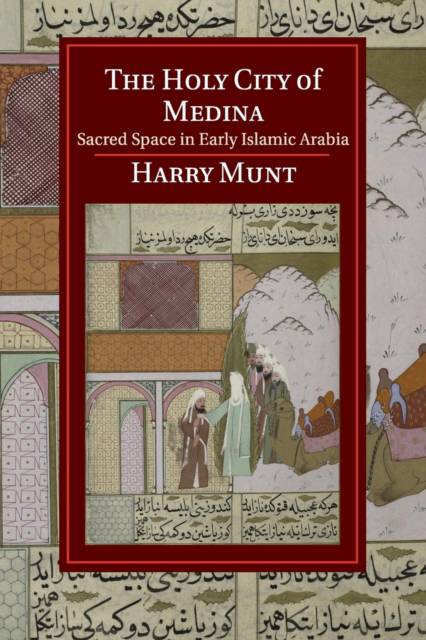
- Afhalen na 1 uur in een winkel met voorraad
- Gratis thuislevering in België vanaf € 30
- Ruim aanbod met 7 miljoen producten
- Afhalen na 1 uur in een winkel met voorraad
- Gratis thuislevering in België vanaf € 30
- Ruim aanbod met 7 miljoen producten
Omschrijving
This is the first book-length study of the emergence of Medina, in modern Saudi Arabia, as a widely venerated sacred space and holy city over the course of the first three Islamic centuries (the seventh to ninth centuries CE). This was a dynamic period that witnessed the evolution of many Islamic political, religious and legal doctrines, and the book situates Medina's emerging sanctity within the appropriate historical contexts. The book focuses on the roles played by the Prophet Muḥammad, by the Umayyad and early Abbasid caliphs and by Muslim legal scholars. It shows that Medina's emergence as a holy city, alongside Mecca and Jerusalem, as well as the development of many of the doctrines associated with its sanctity, was the result of gradual and contested processes and was intimately linked with important contemporary developments concerning the legitimation of political, religious and legal authority in the Islamic world.
Specificaties
Betrokkenen
- Auteur(s):
- Uitgeverij:
Inhoud
- Aantal bladzijden:
- 246
- Taal:
- Engels
- Reeks:
Eigenschappen
- Productcode (EAN):
- 9781107678958
- Verschijningsdatum:
- 1/02/2018
- Uitvoering:
- Paperback
- Formaat:
- Trade paperback (VS)
- Afmetingen:
- 152 mm x 229 mm
- Gewicht:
- 335 g

Alleen bij Standaard Boekhandel
+ 129 punten op je klantenkaart van Standaard Boekhandel
Beoordelingen
We publiceren alleen reviews die voldoen aan de voorwaarden voor reviews. Bekijk onze voorwaarden voor reviews.










